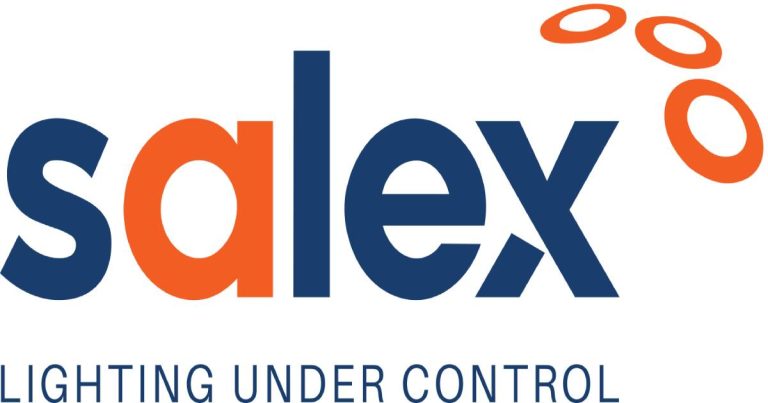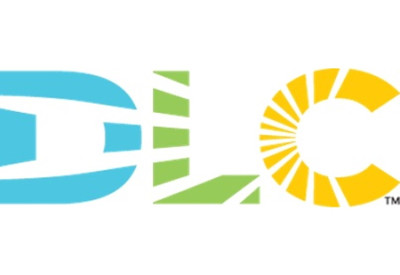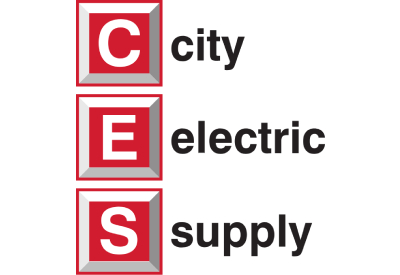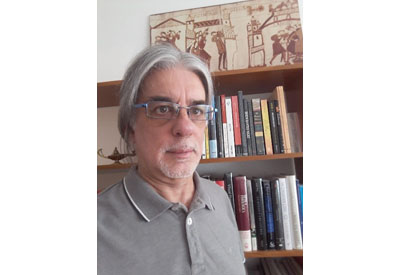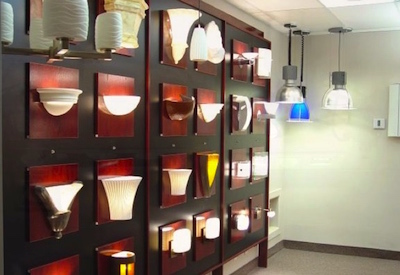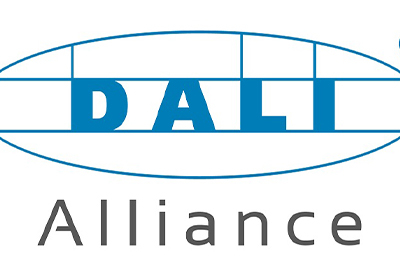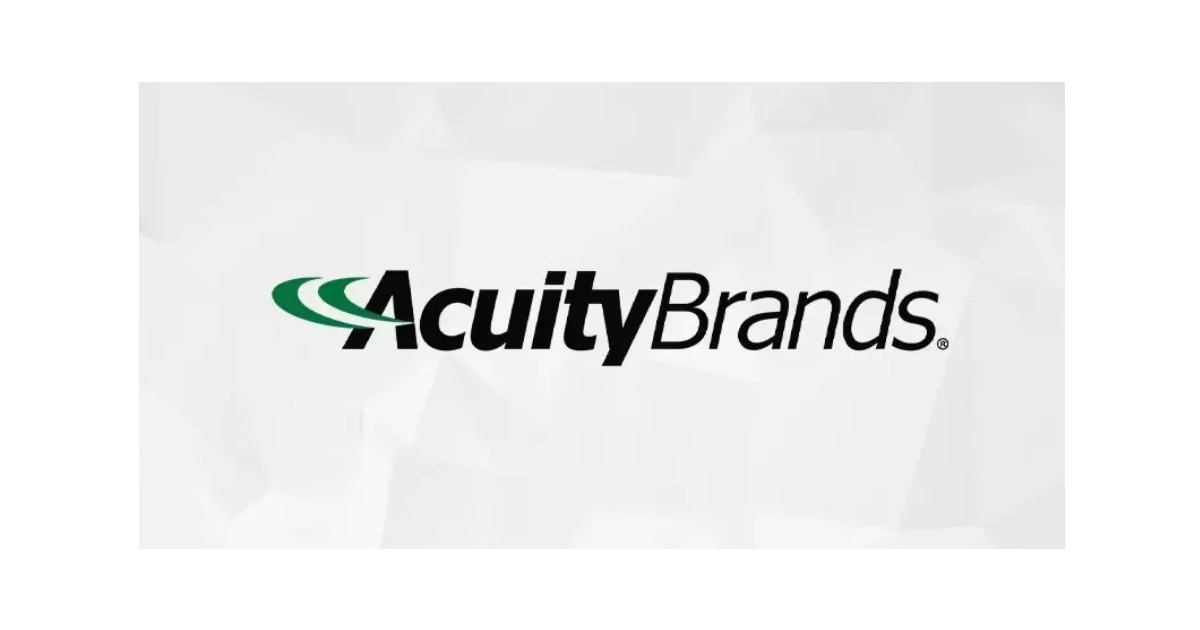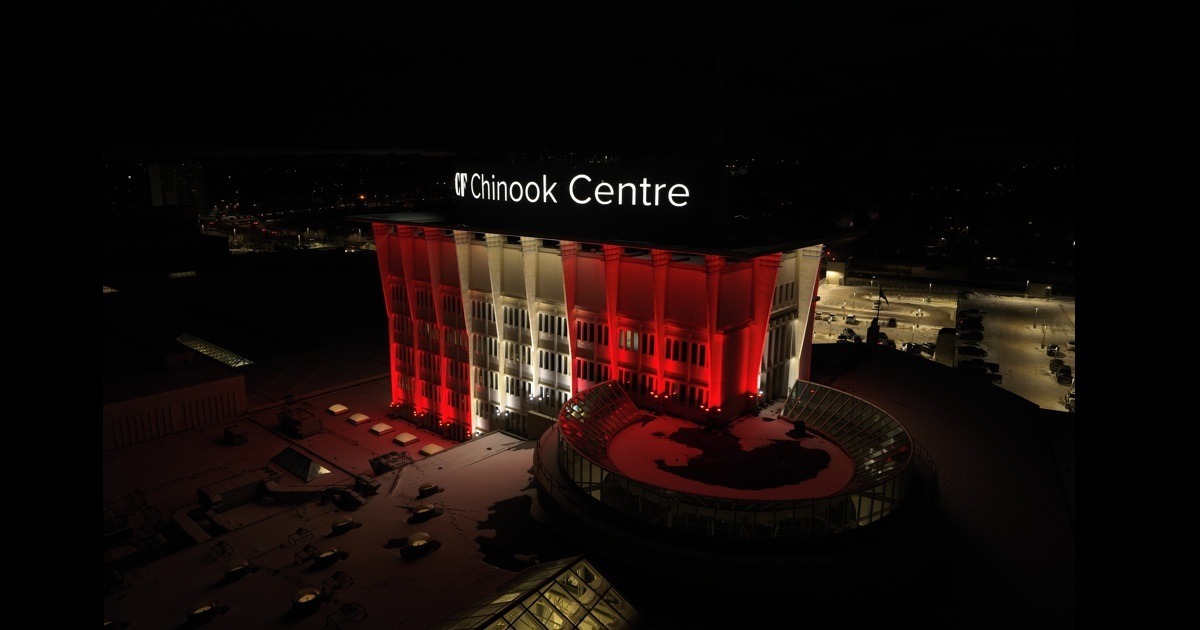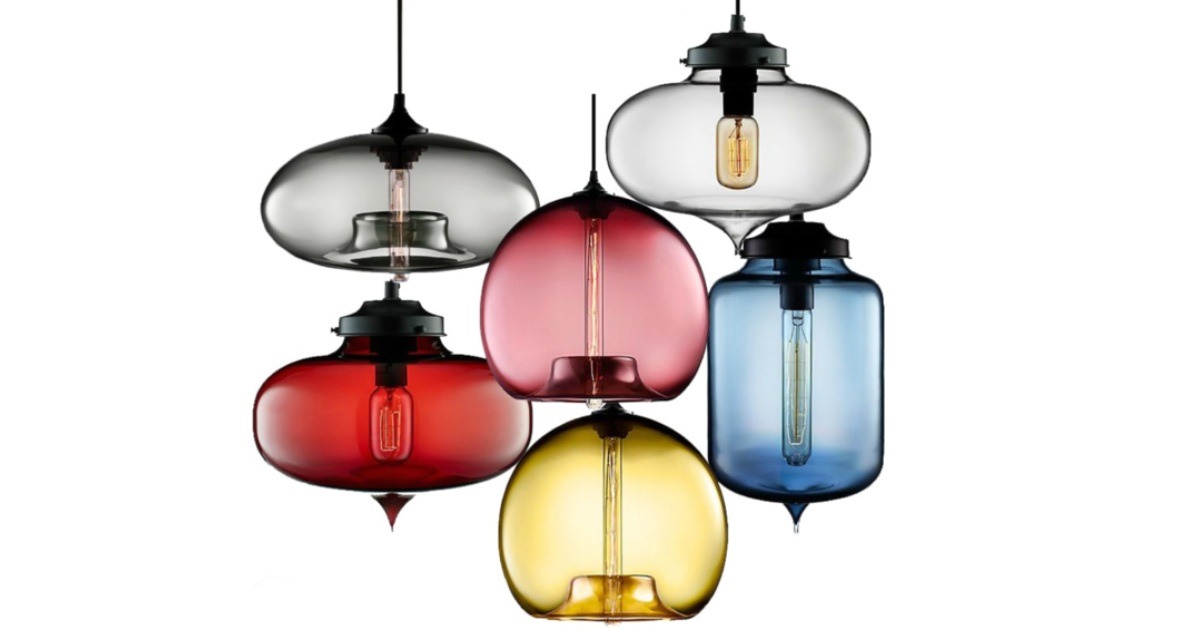Artificial Light at Night (ALAN): State of the Science 2023 Report Released
July 13, 2023
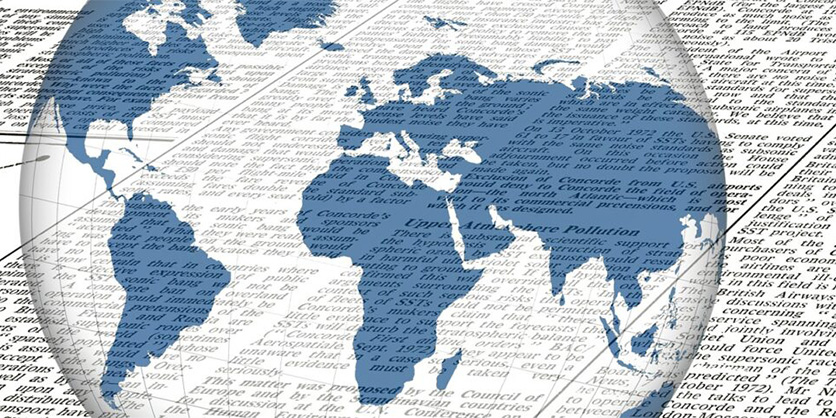
by John Barentine
Dark Sky Consulting, LLC
To successfully communicate with the public and decision-makers, dark-sky advocates must have access to the results of the latest research on artificial light at night (ALAN) and light pollution. These results are contained in technical publications that are often difficult for non-specialists to understand. It is particularly true of light pollution research, which borrows from many academic subjects. A newly released summary of papers published through 2022 brings advocates up to date with the latest research results.
Given the distinct value in making this research more accessible, in 2022 DarkSky International published “Artificial Light At Night: State Of The Science.” The report distilled the contents of over 300 scholarly papers into a short, easy-to-read summary. It grouped results into seven broad categories: the night sky; ecological impacts; human health; public safety; energy use and climate change; light and social justice; and space light pollution. It concludes by listing several open questions that may guide research in coming years, explaining briefly the methodology by which the report was written, and providing bibliographic information for all sources of information.
When the report was first published, we could already see the need for regular updates. The number of papers on light pollution and related subjects published in recent years has steadily increased. We can see this in the number of papers added to the Artificial Light At Night Research Literature Database (ALANDB). This is a collection of citations curated by a group of light pollution researchers in Europe and North America since 2014. The publications include peer-reviewed academic papers, theses, selected technical reports, and conference papers.
Totals from the past 20 years of papers added to ALANDB show that, on average, the contents of the database have increased by roughly 22 percent per year:

In recent years, an average of 430 publications were added to the database each year. Their diverse subjects cover several physical, biological, and social science topics.
A breakdown of the papers published in 2022 (below) shows that biology studies and papers about remote sensing of artificial light at night account for about 80 percent of all publications added to the database.

The updated report includes a survey of 457 papers published in 2022. We highlight a few results here:
- ALAN in cities may disrupt the process that scrubs harmful ozone pollution from the air during overnight hours. Shith, S., et al. Atmosphere, 13, Issue 11, p. 1844.
- Mental and physical illness may be linked by a ‘broken’ circadian rhythm due to ALAN exposure. Su, K., et al. Brain, Behavior, Immunity – Health, Vol. 26, p. 100533.
- Residents of U.S. residential neighborhoods subjected to past racial ‘redlining’ practices are disproportionately exposed to ALAN. Motairek, I., et al. Local Environment, Vol. 28, Issue 4, pp. 518–528.
- Switching off street lighting during overnight hours can reduce instances of theft from vehicles parked along streets. Tompson, L., et al. Journal of Quantitative Criminology.
- Light pollution threats to astronomical observatories are growing worldwide at alarming rates. Green, R. F., et al. The Astronomy and Astrophysics Review, Vol. 30, Issue 1.
Overall, the report finds evidence of significant harm to the night sky and wildlife ecology from light pollution on local to global scales. There are major concerns about how ALAN diminishes traffic safety during the overnight hours. While a strong link between ALAN exposure and human health seems to be established over decades of laboratory studies, the influence of light from outdoor sources remains unclear. And to the extent that roughly 80 percent of world electricity production relies on burning fossil fuels, wasted light at night from outdoor sources remains linked to climate change – even given the ongoing adoption of highly energy-efficient solid-state lighting.
The State of The Science report is intended to communicate these ideas to readers while providing extensive documentation of source materials. It is published under a Creative Commons 4.0 license, which allows users to adapt and reproduce its text, provided that DarkSky is credited. The report is written in plain, non-technical language, and its contents are compartmentalized into the seven main topics so that any can be read and understood in isolation from the others.
We hope this will be useful to advocates and the public to help understand what research results tell us about light pollution and help others recognize the significance of the problem. We intend to provide annual updates to the report to keep up with the rapid developments in this field.
More information available here

